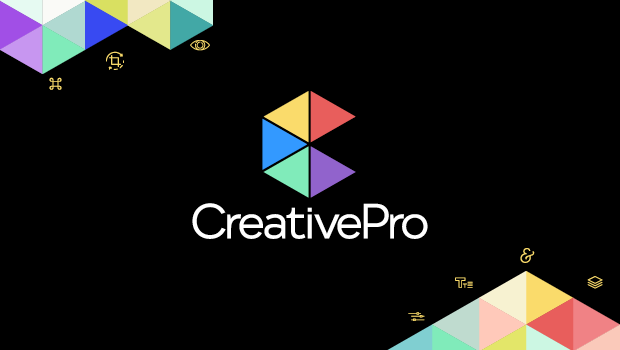Using Spring-Loaded Tools to Maximize Your Efficiency


Since today’s the first day of spring (apologies to our friends in the Southern Hemisphere), I thought it was a good time to dust off an old “spring” tip about using spring-loaded tools to maximize your efficiency in InDesign. Spring-loaded tools have been around in InDesign since CS5, but I’d bet that most InDesign users don’t realize they exist. Which is too bad, since they can save you lots of clicks in the long run, and they make working in InDesign just feel smoother.
To use spring-loaded tools all you have to do is press and hold a tool shortcut for more than one second. When you release, you “spring” back to the tool you were previously using. For example, say you’re arranging items on a page with the Selection tool and you want to add an image frame. Press and hold F. InDesign switches to the Rectangle Frame tool. Draw the frame, then release the F key and you spring back to the Selection tool.
The one time you can’t use spring-loaded tools is when you’re editing text, since you’d just end up typing the letters of the shortcuts.
Need help to learn (or remember) the shortcuts for InDesign’s tools? Just hover your cursor over a tool. The shortcut appears in the tooltip in parentheses. Or just print out the following list and stick it to your monitor like we did back in the day.
Tool — Key
Selection tool — V
Direct Selection tool — A
Page tool — Shift+P
Gap tool — U
Pen tool — P
Type tool — T
Type On A Path tool — Shift+T
Pencil tool — N
Line tool — \
Rectangle Frame tool — F
Rectangle tool — M
Ellipse tool — L
Rotate tool — R
Scale tool — S
Shear tool — O
Free Transform tool — E
Eyedropper tool — I
Measure tool — K
Gradient tool — G
Scissors tool — C
Hand tool — H
Zoom tool — Z
This article was last modified on July 25, 2019
This article was first published on March 20, 2017




